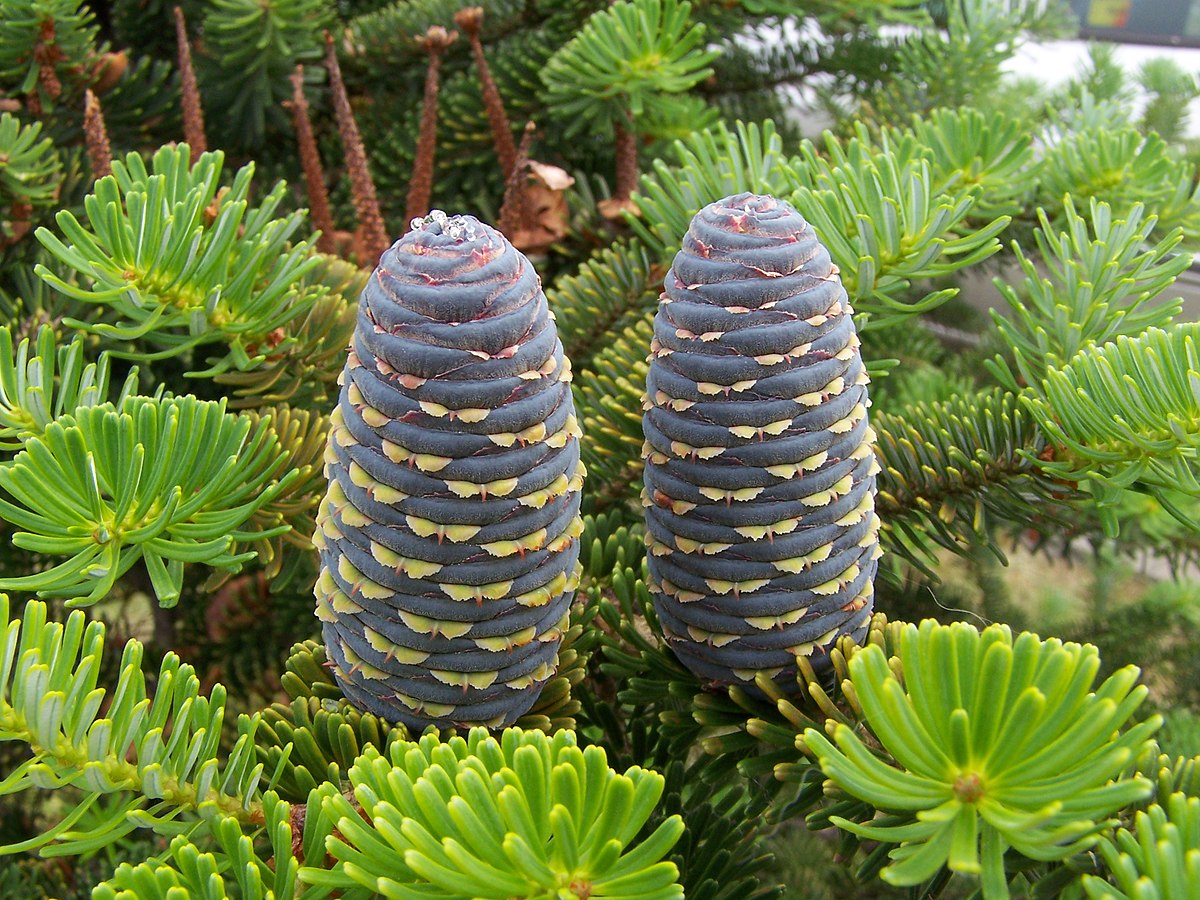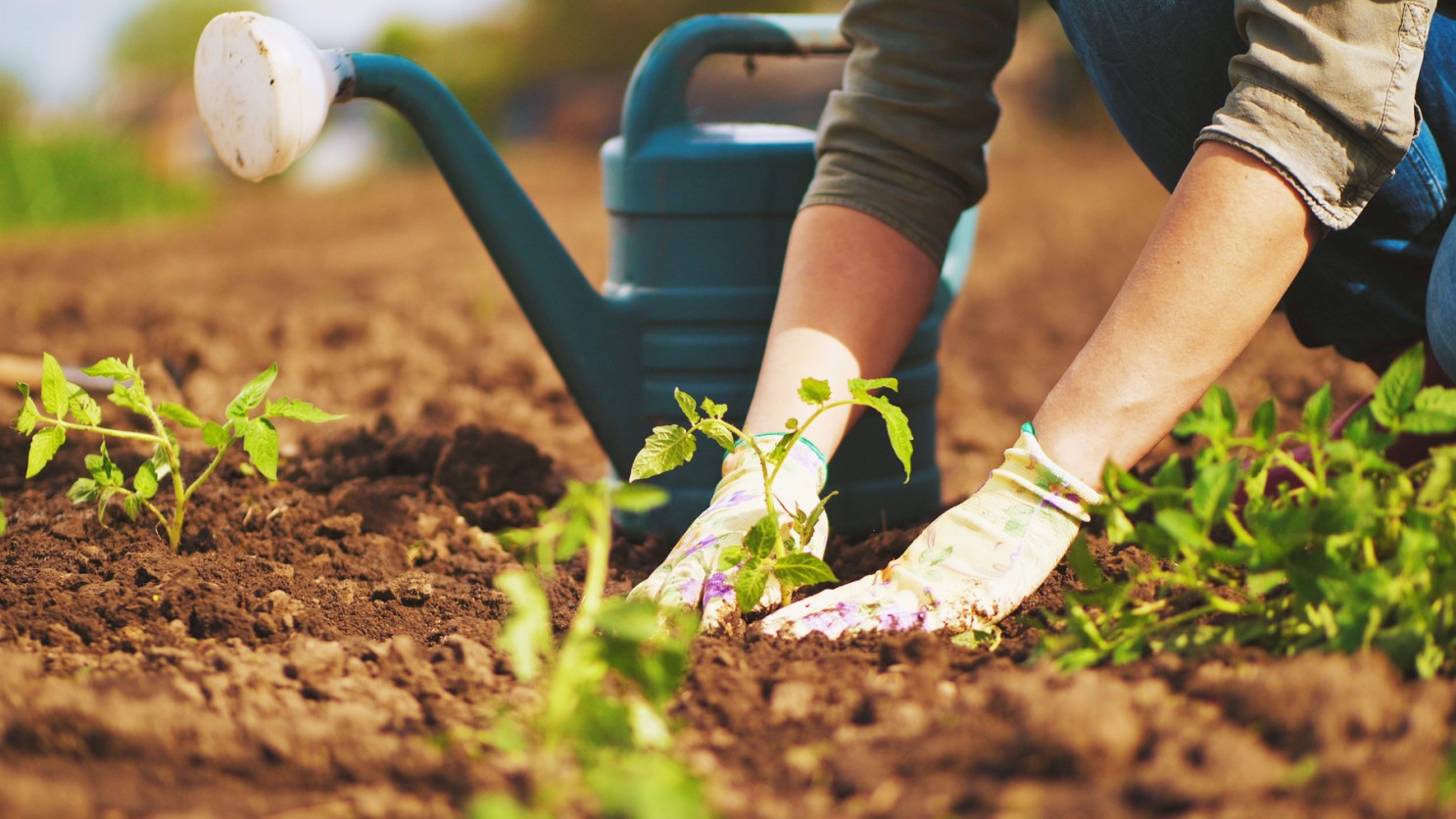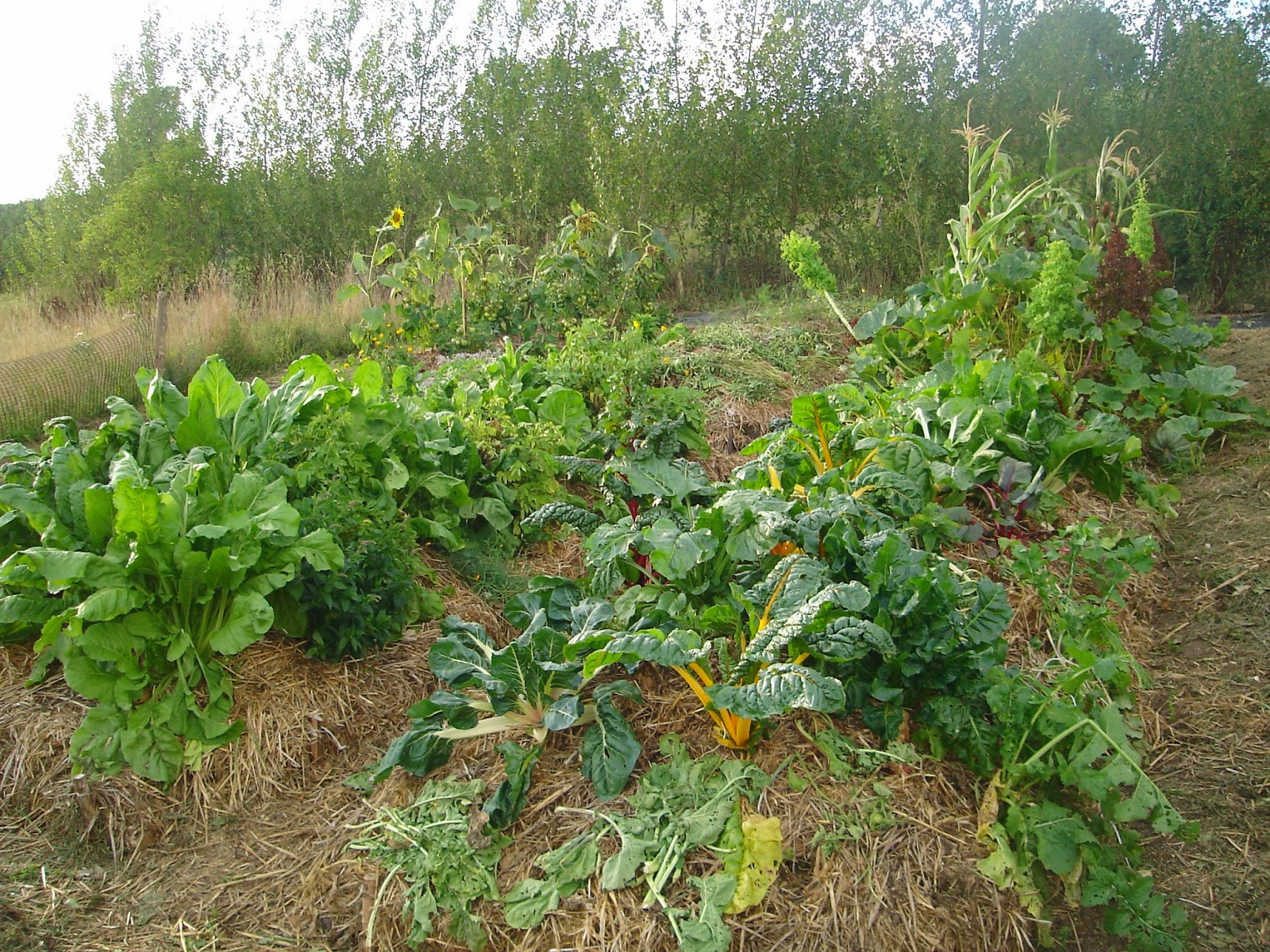Did you know that there are more than two hundred varieties of hibiscus flowers? Yes, you’ve read that right and this, may vary in posture and habitat, but have in common their characteristic five-petal bell-shaped corollas, which are brightly colored and do not last long. Corollas that are very popular, especially because they are produced in very large quantities, and throughout the summer. Interested in learning more? You’ve reached the right place as that’s what we are going to uncover today. Enjoy!
Hibiscus varieties are part of the Malvaceae family – and it is not uncommon for them to share characteristics with them – that is, they are part of a rather large family, which is distinguished by its really showy flowers. Their adaptability, and hardiness, made them among the first exotic flowers to arrive in the gardens of our latitudes, a timeless success that continues today, like water hyacinths and lotuses. .
The most common varieties are those of shrubby hibiscus, among which stands out the Hibiscus syriacus, a flower that seems almost typical of our regions. In addition to them, there are also the hibiscus of the marshes, herbaceous, or earth, which are more atypical, unusual, with very large flowers with bright colors and gaudy, which especially show a great exotic charm that has the negative side the difficulty of their culture.
Once again, there are the Rosa-sinensis hibiscus, annual plants used mainly in window boxes, but also as permanent decoration of the ground in areas where the climate allows them to spend the winter outside the house. In summary, it is clear that the countless varieties of hibiscus allow an almost infinite range of colors and shapes, making them the first rivals of petunias and pelargoniums.
So let’s see some of the most interesting varieties and all their characteristics.
Syriac Hibiscus
Syriacus variety is one of the most widespread, and its flowers are very similar to those of Malvaceae typical of our climates. This is of course a point against it, as it makes it less “special” in our eyes, but in fact, thanks also to the selection of new types and the summer reflowering, Syriac hibiscus is undergoing a profound revaluation.
However, it is a hardy plant, able to resist to the cold, to most of the parasites, and also to the different types of territory of our country, without any kind of difficulty. It is generally a soil plant, but it can also be grown in a pot, provided, of course, that it is particularly large.
The Syriac hibiscus must be placed in full sun, or in any case in a particularly luminous position, while the soil must be qualitatively high, therefore very fertile and with a large organic component.
The Syriac hibiscus does not have a particularly extensive crown, but it has many branches and leaves that allow it to produce many flowers. However, in order for it to flower abundantly and majestically, it must not suffer from drought, and therefore the plant must be wetted with a certain regularity: the best method is – in a similar way to what is done with citrus fruits – to create a basin of the same size as the crown, which must be flooded twice a week, making sure that the soil explored by the roots always remains cool.
As for pruning, in the case of the Syrian hibiscus, it should be done exclusively at the end of the cold season, coinciding with the arrival of spring, but before the plant begins to produce leaves and flowers again. The pruning of the Syrian hibiscus requires some effort, since the branches, very numerous, must be evaluated individually.
However, thin, old, deformed or broken branches are cut off, while those that are one year old and flowered the previous year tend to be shortened, cutting them off at the height of the second or third bud. However, the renewal of old plants should be done gradually, that is, by changing only part of the foliage each year, as if it were a thinning.
Among the most interesting varieties of Syrian Hibiscus:
- Maike: This is one of the most recently introduced varieties of Hibiscus, with average sizes reaching 150-250cm in height. The flowers are bell-shaped, of an intense and bright pink and crossed by darker and burgundy veins that radiate from the center. In addition, in the center there are also small petaloids, another typical characteristic of this variety of hibiscus. The leaves of the Maike hibiscus are big and three-lobed, they have a toothed edge, all characteristics that identify it even in the absence of flowers.
- Hamabo: This type of hibiscus is distinguished by its solitary and small flowers in cup, whose dimensions do not prevent the great aesthetic impact of this flower. In fact, one immediately notices the great contrast between the light pink color of the background and the big red streaks, going from carmine to cherry, that start from the center and reach the edges of the petals. The corollas have a shape that, in some cases, is ovoid, because the petals develop differently from each other: some, in fact, become very large, while others do not have a great development. The dimensions are not far from those of the Maike, and slightly exceed 2 meters in height.
What are your thoughts? Are you going to grow Hibiscus? Let us know in the comments below. Do you want to know more varieties? Come back to check the second part of our article.




